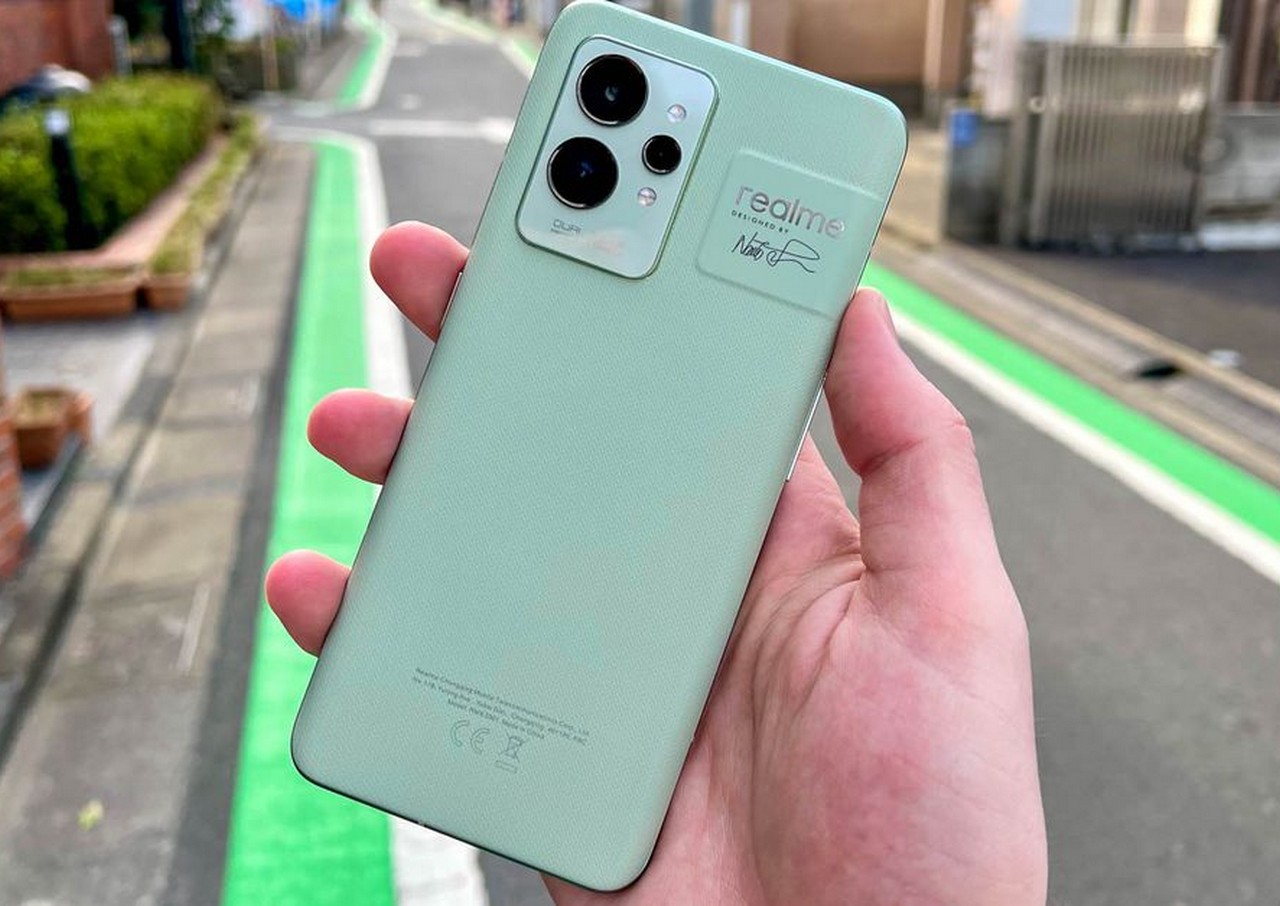As the price of residing soars, many Australian households are turning to rooftop photo voltaic to chop their vitality prices. A Pulse of the Nation survey final month confirmed about 29% of Australians have put in or are contemplating putting in photo voltaic panels on their houses.
The identical survey exhibits one in 5 Australians cannot afford to adequately warmth or cool their houses. Many are additionally unable to put in energy-saving choices resembling photo voltaic panels or insulation due to the upfront prices or as a result of they’re renters who can not make adjustments to the dwelling. Amongst those that are financially harassed, earn lower than A$50,000 or are between the ages of 18 and 34, a big majority don’t intend to put in energy-saving choices, largely as a result of they can not afford them.
Renewable vitality is not only essential for saving on vitality payments, but additionally for mitigating local weather change and fostering sustainable growth. Nevertheless, the fact is entry to solar energy will not be equitable for all Australians. Our new analysis exhibits with out higher authorities help, many individuals will miss out on its advantages.
What does fairness in rooftop photo voltaic uptake appear to be?
Our analysis focuses on find out how to make entry to rooftop photo voltaic extra equitable.
You will need to distinguish between fairness and equality. Equality means each family will likely be given the identical sources or alternatives. For instance, each family would obtain the identical subsidy to put in photo voltaic panels.
Fairness refers to equity. The concept of fairness acknowledges not all households begin from the identical place. As an alternative, changes to imbalances is perhaps required.
Within the context of photo voltaic adoption, fairness would imply each Australian can profit from solar energy. Any subsidies or different help could be adjusted primarily based on particular person circumstances.
To higher perceive the way it impacts the adoption of photo voltaic panels, we checked out a number of elements of inequity. These embrace monetary scenario, renting standing, gender, training and ethnicity.
For our research, we collected 167 research worldwide on family photo voltaic panel adoption to find out what we learn about the way it’s affected by these elements of inequity.
Solar energy fairness has been uncared for
Our findings present there’s very restricted in-depth information and analysis on this concern in Australia. Australian research on residential photo voltaic uptake account for 20 (12%) of the 167 research.
Analysis in Australia tends to concentrate on fairness associated to earnings. Of the 20 Australian research, six discover a constructive hyperlink between earnings and photo voltaic panel adoption, 4 discover a damaging hyperlink, 5 present inconclusive outcomes and 5 omit earnings altogether.
These combined outcomes might be defined, partially, by the truth that a spread of things influence whether or not a family can afford solar energy. For instance, a considerably larger family earnings doesn’t robotically imply {that a} family has much less invoice stress and sufficient accrued wealth to afford the upfront price of putting in solar energy.
Few research provide a deeper evaluation of variables resembling training or ethnicity. For Australia, solely 5 research checked out training and just one at ethnicity. There’s a lack of information on photo voltaic uptake amongst Aboriginal and Torres Strait Islander individuals.
This restricted analysis doesn’t permit for particular conclusions about how these variables influence rooftop photo voltaic uptake.
Power-saving installations in funding properties have additionally acquired restricted consideration. Many Australian renters report their dwellings have extraordinarily poor insulation. This results in sizzling indoor temperatures in summer time and chilly situations in winter.
Renters usually have restricted methods to repair these issues. The one accessible choices for a lot of renters are air con and moveable heaters powered by conventional vitality sources, which will increase electrical energy payments.
What insurance policies can enhance photo voltaic fairness?
Insurance policies that would enhance fairness in rooftop photo voltaic entry embrace:
- direct monetary help for low-income households that in any other case couldn’t afford solar energy
- quite a lot of different monetary incentives resembling photo voltaic rebates
- neighborhood photo voltaic applications that permit households to share the advantages.
Some applications are in place to assist dwelling house owners on low incomes to put in photo voltaic programs. For instance, New South Wales has a “Photo voltaic for low-income households” program. Eligible people can get a free 3-kilowatt photo voltaic system in return for giving up the Low-Earnings Family Rebate for ten years. South Australia had a “Change for Photo voltaic” trial, for which functions closed on August 31 2022.
Nevertheless, to entry these schemes Australians should first overcome one troublesome hurdle: dwelling possession.
As well as, a concentrate on earnings alone might be problematic. Directing subsidies to low-income households alone misses households with low wealth which are above an earnings threshold.
The Australian authorities has promised new coverage approaches. Its Powering Australia Plan pledged $102.2 million for neighborhood photo voltaic banks. These are community-owned tasks to enhance entry for these at present locked out of solar energy. Households can lease or purchase a plot in these photo voltaic banks, as an alternative of utilizing their very own rooftops.
The success of such tasks will rely on whether or not they’re accessible to and inexpensive for everybody.
Extra information assortment is required to establish priorities for coverage motion on vitality fairness. This may embrace a brand new Family Power Consumption Survey (the Australian Bureau of Statistics carried out such a survey till a decade in the past), broader evaluation by researchers to contemplate fairness dimensions, and collaboration between researchers and policymakers to trial new insurance policies.
Supplied by
The Dialog







